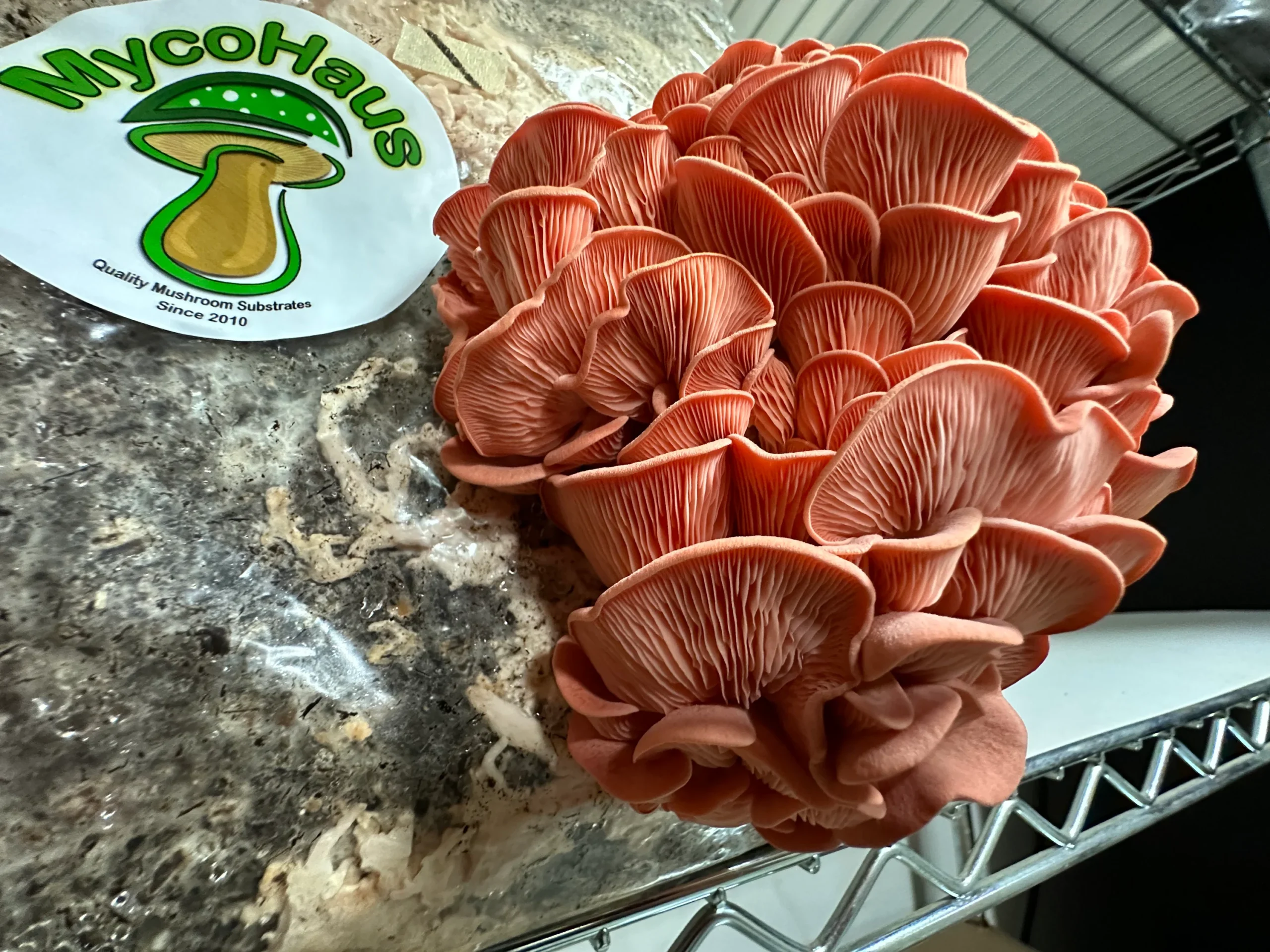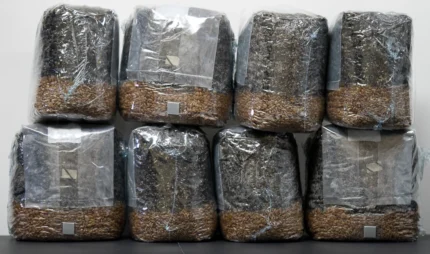Description
Mushroom Spawn Bags
Mushroom spawn bags are composed of polypropylene material that can be sterilized using either an autoclave or pressure cooker, helping reduce contamination when adding mushroom spawn to grain substrate.
Many mushroom spawn bags feature filter patches designed to allow mycelium to breathe while at the same time warding off outside contaminants. Others feature gussets which allow them to fold flat when not in use.
Spawn Bags
mushroom spawn bags are typically used at the outset of mushroom cultivation to encourage tiny mushroom spores to develop into mycelia that eventually produces mushrooms. These special bags can withstand high temperatures, and usually feature an injection port through which spores can be introduced via sterile needle. Not only are these specialty bags designed to endure heat exposure but they can also help cultivators create ideal environmental conditions for optimal mushroom growth.
Before using a mushroom spawn bags, always ensure your work area is clean and sterilized. Use isopropyl alcohol to spray down your workspace and wipe down any tools you plan on using for sterilization.
Next, create the colonized grain spawn that you will use to inoculate your grow bag. For best results, mix this together with some sterilized substrate until a liquid-like substance forms that is easy to spread throughout the bag.
With a sterile needle, inject the prepared spores into a spawn bag until they are evenly dispersed. After inoculating your bag, place it in a dark and warm area until all colonies have fully colonized; at which time light and humidity adjustments may be made as necessary until harvest time arrives; usually this process typically occurs after two weeks (but this can vary depending on which strain of mushroom you grow).
Sawdust Fruiting Blocks
Sawdust fruiting blocks are an increasingly popular means of growing wood-loving species like shiitake, lion’s mane, chestnut mushrooms, reishi and maitake mushrooms. Furthermore, they work well for cultivating many other mushroom species as well, often yielding faster than outdoor log cultivation.
Sawdust block cultivation typically uses hardwood sawdust (preferable), grain spawn, rice bran, alfalfa or soybean hulls as supplements in an ideal mix of 2:1 (sawdust to supplement ratio). Most experienced growers develop their own favorite sawdust block recipe which may vary the ratio between supplement to sawdust content.
Once a fully colonized sawdust block is ready to fruit, it’s best to place its bag in fruiting conditions that suit its species – this may include kitchen counter, windowsill, homemade monotub or shotgun fruiting chamber as well as hydroponic grow tent.
Hakeke fruiting can be enhanced by placing the block in a colder environment such as a cooler. Additionally, top fruiting hakeke bags is advised as this helps prevent side fruiting around the edges of substrate bags and stimulates fruit body formation; furthermore scoring the top with a sharp knife may stimulate Enoki fruit body formation as a bonus! These tips also reduce contamination from green mold.
Filter Patch Grow Bags
Cultivators looking to streamline their mushroom production will discover many advantages in these all-in-one bags made of autoclavable polypropylene, which allow mycelium to breathe through a filter patch while keeping contaminants at bay. Their meticulous sterility increases success rates for both commercial cultivators and homegrown enthusiasts alike.
Filter patch bags come in different sizes to meet different substrate quantities and are therefore suitable for all levels of cultivation. With their 0.2 micron filter allowing adequate air exchange while blocking contaminants, filter patch bags make an excellent tool for grain spawn spread directly onto bulk substrates to speed colonization and maximize yields.
Some filter patch bags feature gusseted designs that fold flat for easier transport but expand when filled, accommodating more substrate and helping retain their shape during sterilization, which ensures mycelial growth without contamination leaking post-sterilization cool down period. SacO2 zipper filter bags offer pleated designs with multiple filters to optimize air exchange.
As opposed to messy mason jars that increase contamination risk, grow bags are easier to handle and significantly decrease those risks. Plus, some bags feature self-healing injection ports so cultivators can inoculate substrates using liquid culture without needing an environment sterilized by steam sterilization.
Fruiting Chambers
Once your mushroom spawn has established itself on a substrate and begun producing fruit, you must move it into a fruiting chamber. This simulates natural conditions to signal to the fungus that it’s time for them to start producing fruits while protecting substrate and avoiding contamination from outside sources.
Mushrooms need to be kept at an ideal temperature and humidity level in order for them to grow and fruit, using a temperature and hygrometer as needed to monitor the climate in their fruiting chamber and make necessary adjustments as required. An ideal fruiting chamber environment should have temperatures ranging between 70F-80F with high levels of humidity.
An inexpensive fruiting chamber can be created from a plastic bin fitted with holes drilled in its sides; this design is known as a monotub and makes for easy setup for beginner cultivators; however, multiple fruiting chambers may be more suitable for commercial operations that need multiple fruiting chambers.
A shotgun fruiting chamber provides the ideal environment for mushroom fruiting. A moisture-retaining damp perlite layer at the bottom of your chamber helps maintain high levels of humidity. Simply soak or drain your perlite before placing a layer at the base and placing your mushroom spawn cakes atop. When misting is necessary to keep perlite moist, spray bottle water is used.













Reviews
There are no reviews yet.